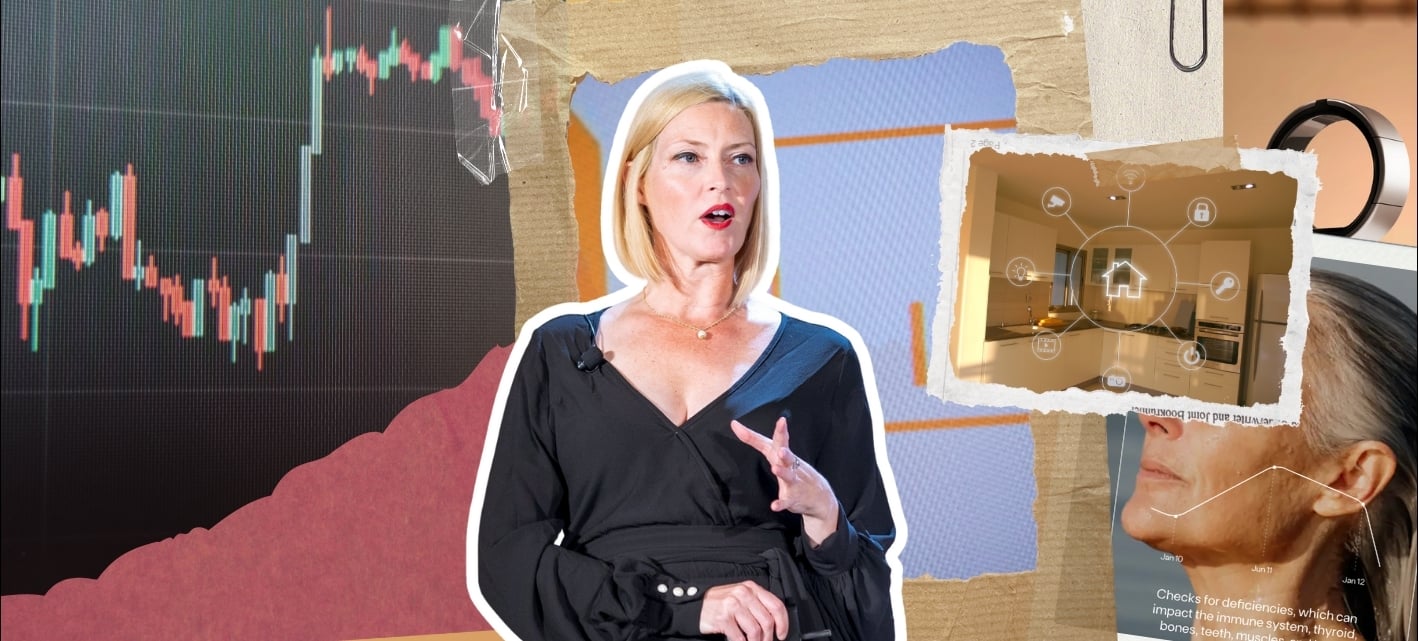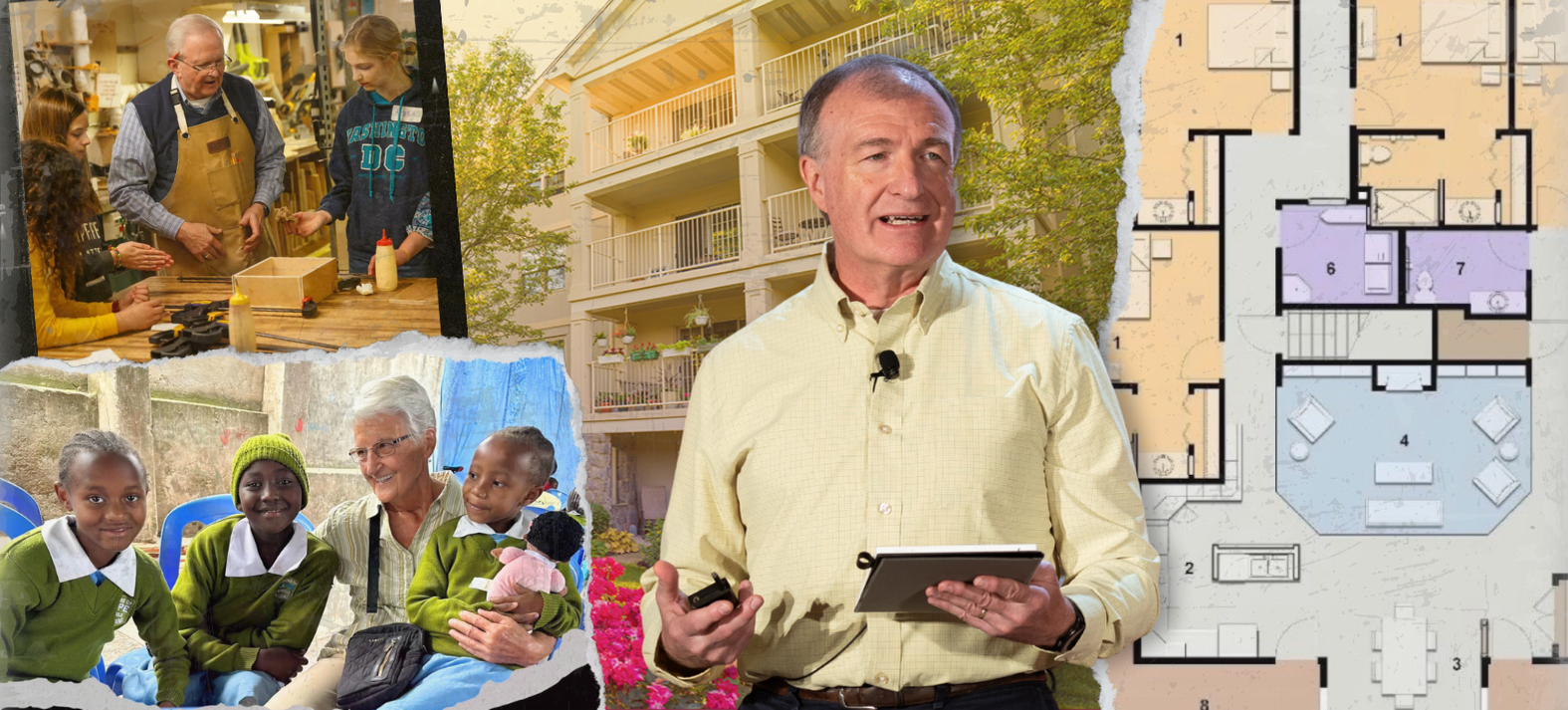The longevity economy represents a $9 trillion market opportunity, yet receives less than 2% of venture capital investment. That imbalance is about to change—dramatically.
The numbers tell a compelling story: the longevity economy represents a $9 trillion market, yet less than 2% of venture capital flows into this space. As Sarah Thomas, Venture Partner at AgeTech Capital, recently told attendees at the Senior Living Innovation Forum, "If aging were a startup, it would be the biggest unicorn and still underfunded."
But that's changing—fast. And for senior living leaders, understanding where the smart money is going isn't just about staying current with trends. It's about positioning your organization to leverage the technologies that will define the future of care delivery.
The Demographics Driving Investment
By 2034, adults 65 and older will outnumber children under 18 for the first time in U.S. history. We're living longer than any generation before us, yet we're the least prepared for it. Our healthcare systems, housing models, and service delivery approaches were designed for a different demographic reality.
Japan and Korea are already "out-aging their resources," Thomas noted, and the United States is rapidly approaching the same challenge. This demographic shift isn't a distant threat—it's happening now, and investors are finally waking up to both the urgency and the massive opportunity it represents.
Where the Money is Going
Thomas outlined six key areas where venture capital is flowing, each with direct implications for how senior living communities will operate in the coming decade:
1. Caregiving and Support Tools
The caregiver crisis is real, and technology is emerging as a critical solution. Investments are flowing into platforms that automate routine tasks and augment human capabilities, support care coordination across multiple providers, and create new compensation models for family caregivers. These solutions also focus on workforce retention through upskilling programs and provide predictive business intelligence for staffing decisions.
For senior living operators, these tools represent an opportunity to address staffing challenges while improving care quality. The goal isn't to replace caregivers—it's to make them more effective and reduce the administrative burden that often leads to burnout.
2. FinTech for Longevity
"We're adding decades to our lifespan. How are we preparing for our wealth span?" Thomas asked. AgeTech investors are backing solutions that streamline reverse mortgage processes, prevent financial fraud through AI-powered monitoring, simplify estate planning and document management, and support long-term care financing strategies.
These tools could help residents better plan for and afford senior living services while protecting them from financial exploitation—a growing concern as cognitive abilities often decline with age.
3. Smart Home and Ambient Sensing
Voice-first technology and IoT devices are evolving beyond novelty into genuine care enhancement tools. Key investment areas include intuitive environmental controls that support independent living, passive monitoring that provides real-time health insights, fall prediction and prevention systems, and integration with clinical decision-making platforms.
The opportunity extends beyond individual devices to integrated platforms that can inform care planning and family communication. Smart room technologies are becoming sophisticated enough to detect subtle changes in behavior patterns that may indicate emerging health concerns.
4. Cognitive Health and Memory Care
Perhaps no area generates more investor interest than early detection and intervention for cognitive decline. Funded solutions include AI-powered early detection tools, virtual reality for immersive therapeutic experiences, brain health apps and cognitive training platforms, and digital biomarker analysis through voice and movement patterns.
These technologies could transform memory care programs from decline management to potential maximization. Rather than simply managing symptoms as they appear, communities could identify and address cognitive changes much earlier in the process.
5. Digital Health and Remote Monitoring
The pandemic accelerated adoption, but the real opportunity lies in extending clinical expertise into residential settings through remote patient monitoring platforms, wearable technology integration, telemedicine platforms designed for older adults, and clinical decision support systems.
These tools can help senior living communities deliver higher-acuity care without necessarily increasing staffing levels. They also enable earlier intervention and better coordination with external healthcare providers.
6. Inclusive and Accessible Design
Thomas emphasized that "consumer-friendly" doesn't always mean "user-friendly" for older adults. Investments are targeting intuitive interface design for non-tech-savvy users, accessibility features built into mainstream technologies, universal design principles in digital platforms, and digital literacy training programs.
As senior living operators evaluate new technologies, prioritizing solutions designed with older adults as primary users, not afterthoughts, becomes crucial for successful implementation and resident adoption.
The AI Revolution: From Crisis Response to Signal Detection
What makes this investment wave different from previous technology cycles? Artificial intelligence and natural language processing are enabling a fundamental shift from "care at the point of crisis" to "care at the point of signal."
This transformation means predictive rather than reactive care, where AI can identify potential health issues days or weeks before they become acute problems. It enables personalized interventions through machine learning that creates individualized care plans based on population norms and personal patterns.
Multiple data streams now inform integrated decision-making that is both medically sound and socially responsible. Perhaps most importantly, technology handles routine tasks while humans focus on relationship-building and complex care decisions, truly augmenting rather than replacing the workforce.
Real Companies, Real Results
Thomas highlighted several promising startups that demonstrate these principles in action:
Function Health offers full-body scanning for personalized preventive medicine, moving beyond annual checkups to continuous health optimization.
GetSetUp provides lifelong learning platforms specifically designed for older adults, improving both digital literacy and social engagement.
Lotus creates wearable rings that control home environments through simple gestures—accessibility that travels with the user rather than being tied to a specific environment.
Hibiscus Health utilizes AI-powered facial scanning to identify early signs of diabetes and hypertension, then connects users with registered dietitians and meal planning services for comprehensive intervention.
These aren't theoretical solutions—they're operational technologies with real users and measurable outcomes.
The Investment Infrastructure is Maturing
Perhaps most importantly for the industry, the investment ecosystem itself is undergoing significant evolution. Thomas noted the emergence of dedicated AgeTech venture funds beyond just AgeTech Capital, angel investor networks focused specifically on aging-related startups, major VC firms finally paying attention to the demographic shift, and corporate venture arms from healthcare and technology companies entering the space.
The recent funding announcements—$43 million for TSOLife and over $100 million for SafelyYou—signal that significant capital is flowing into solutions designed specifically for senior care environments.
What This Means for Senior Living Leaders
As Thomas concluded, "We are here, we are ready to invest with purpose and not just promise." For senior living executives, this creates clear opportunities and imperatives.
The strategic opportunities are compelling: partner with well-funded startups on pilot programs, join angel investor networks for early technology insights, and develop innovation programs that attract investment partnerships.
The operational imperatives are equally important: build evaluation frameworks that prioritize resident outcomes, invest in staff training for technology adoption, and create systems to measure ROI on innovation investments.
The Future is Here—Are You Ready?
Thomas framed the choice clearly: "This isn't about chasing the silver tsunami. It's really about riding that longevity wave with purpose, with capital, and with courage."
The venture capital community has finally recognized what senior living operators have long known—the demographic shift is the defining business opportunity of the next two decades. The question isn’t whether transformative technologies will reshape senior care. It’s whether your organization will help shape that change or simply react to it.
The money is flowing. The technologies are proven. The demographic need is undeniable.
The future of AgeTech is here. The real advantage goes to those who adapt first.
Watch Sarah Thomas' full talk below…

Posted by
SLIF heads to Carlsbad!
The One of a Kind Retreat for Senior Housing Leaders.
May 31 - June 2, 2026 | Carlsbad, CA
Learn More








Comments